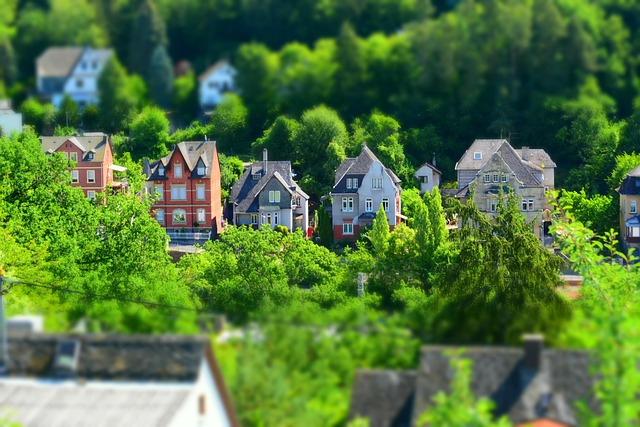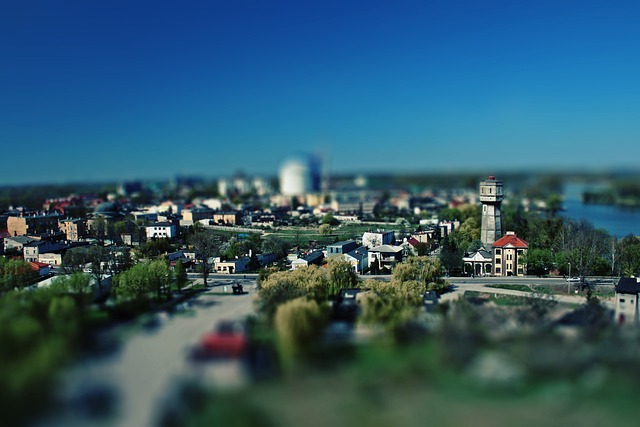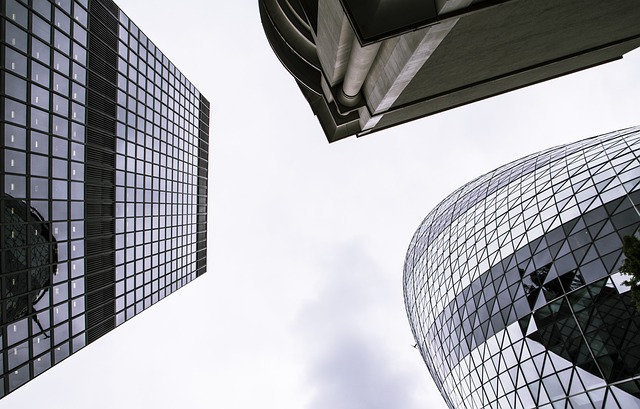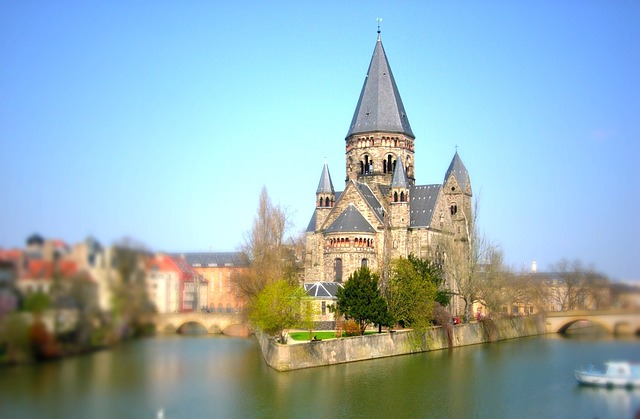Infill projects are strategic real estate initiatives that revitalize older neighborhoods by integrating new developments into existing urban fabric, creating a blend of old and new. These projects offer significant benefits like increased property values, sustainable urban growth, and improved neighborhood aesthetics, accessibility, and business attraction. However, they require careful planning to address issues such as noise pollution and parking scarcity, while ensuring affordable housing to prevent gentrification. Successful infill projects, evident in global case studies, transform underutilized spaces into vibrant communities by combining modern architecture with historic charm, promoting efficient land use, reducing urban sprawl, and boosting local economies.
Infill projects are transforming older neighborhoods, revitalizing urban landscapes with strategic real estate development. Understanding these projects involves exploring revitalization strategies that blend new construction with existing infrastructure, offering a fresh perspective on community living. This article delves into the benefits and challenges of infill initiatives, showcasing their transformative power through compelling case studies. Discover how thoughtful real estate planning can breathe new life into once-neglected areas.
Understanding Infill Projects: Revitalization Strategies in Real Estate
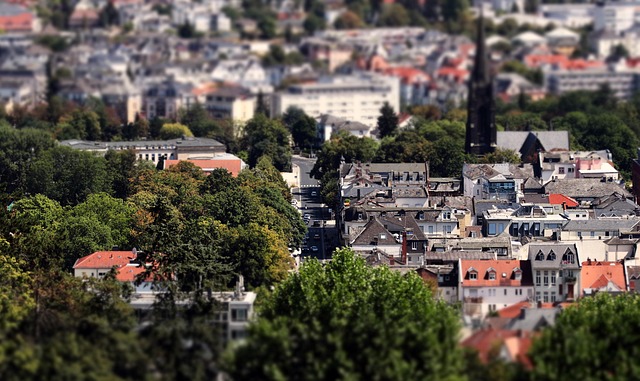
Infill projects play a pivotal role in revitalizing older neighborhoods, offering strategic approaches within the realm of real estate. These initiatives involve intelligently integrating new developments into existing urban fabric, filling gaps and enhancing overall community vibrancy. By carefully considering local context, architecture, and infrastructure needs, infill strategies create a harmonious blend of old and new.
In terms of real estate, infill projects promise significant benefits. They increase property values by improving neighborhood aesthetics and accessibility. Moreover, they foster sustainable urban growth, reducing urban sprawl and promoting compact development. These revitalized areas attract businesses, amenities, and residents, creating a positive cycle that sustains long-term prosperity within the community.
Benefits and Challenges: A Comprehensive Look at Neighborhood Transformation
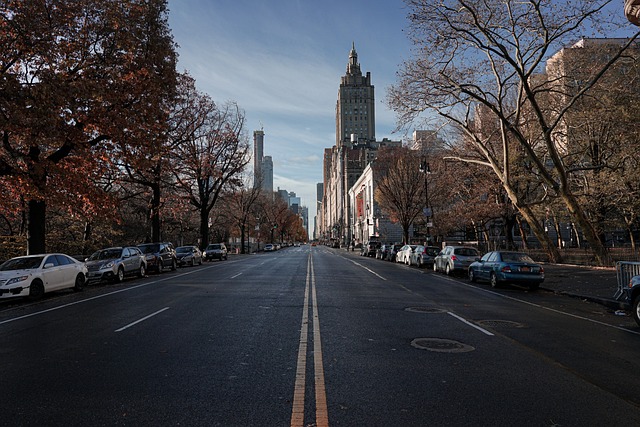
Infill projects, which involve the strategic development of underutilized spaces within established neighborhoods, offer a multitude of benefits for real estate and community revitalisation. By carefully integrating new construction with existing infrastructure, these projects can enhance urban landscapes, increase property values, and foster a sense of community. They encourage foot traffic, promote local businesses, and create vibrant social hubs, thereby improving the overall quality of life for residents.
However, infill development also presents challenges. Balancing the needs of new residents with existing neighborhood dynamics requires thoughtful planning. Concerns around noise, parking, and infrastructure strain are common, especially in tightly-knit communities. Additionally, ensuring affordable housing options amidst rising real estate values is crucial to prevent gentrification and maintain the diversity that makes neighborhoods unique. Effective communication, community engagement, and inclusive policy decisions are essential to navigate these challenges successfully.
Case Studies: Successful Infill Projects Reshaping Urban Landscapes

Infill projects have proven to be powerful tools for revitalizing older neighborhoods, leading to dynamic urban transformations. Case studies from various cities highlight successful infill initiatives that have reshaped landscapes and enhanced community living. One notable example is the redevelopment of industrial sites into mixed-use, high-density residential areas. These projects bring new life to neglected spaces by integrating residential, commercial, and sometimes retail components, fostering a vibrant atmosphere. For instance, in downtown areas with aging infrastructure, infill developments can seamlessly blend modern architecture with historic charm, attracting young professionals and families seeking urban lifestyles.
Real estate experts attribute the success of these initiatives to their ability to promote sustainable growth while preserving local character. By maximizing land use efficiently, infill projects reduce urban sprawl and minimize the need for further encroachment on green spaces. Moreover, they contribute to the economic vitality of neighboring areas through increased property values, improved infrastructure, and enhanced amenities, creating a positive feedback loop that benefits the entire community.

